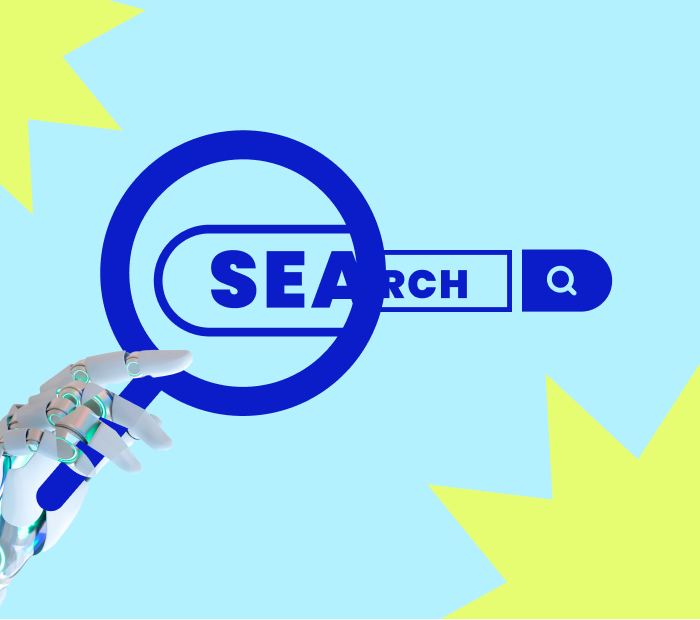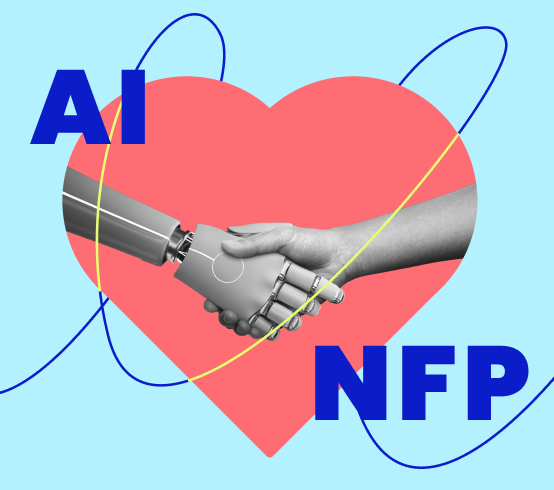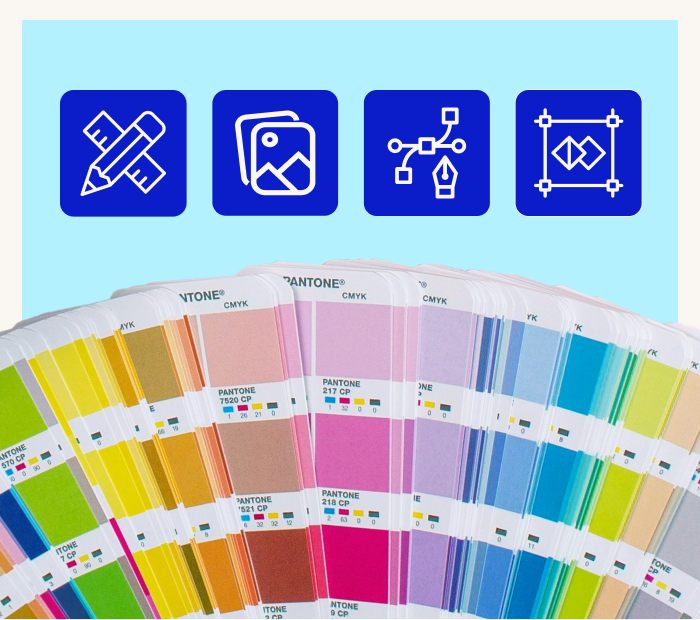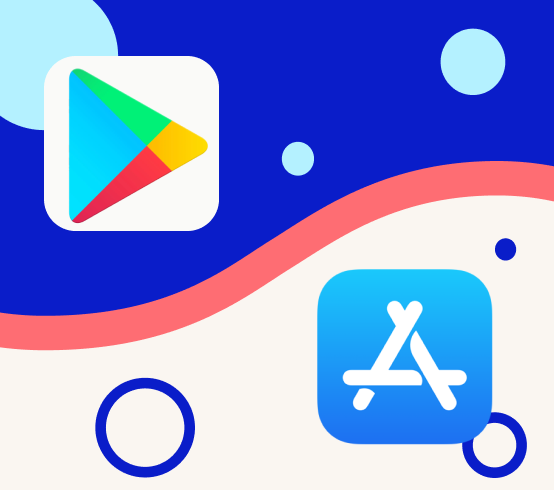
Why Accessibility Matters
Accessibility in web design is crucial, going beyond a feature to a core principle of inclusivity. It’s about making websites usable and accessible to everyone, including those with disabilities, which is vital for research institutes as key disseminators of knowledge. This responsibility extends to ensuring an equitable user experience where all content, including research papers, data visualizations, and multimedia, is perceivable and operable by all. This encompasses providing text alternatives for visuals, keyboard functionality for those unable to use a mouse, and screen reader-friendly layouts, underlining the commitment to universal access in the digital realm.
The WCAG: A Framework for Inclusivity
- Text can be resized and remains legible and functional.
- Video content includes accurate subtitles for the deaf and hard of hearing.
- All functionalities are available from a keyboard for those who cannot use a mouse.
- Content is presented in a way that can be interpreted by screen readers.
The Benefits of an Accessible Website
Beyond compliance and ethical considerations, there are substantial benefits to ensuring your website meets accessibility standards:
- Increased Audience Reach: An accessible website can be used by a larger segment of the population, thus increasing the potential reach and impact of your research.
- Enhanced SEO: Search engines favour websites that are accessible, as many accessibility improvements align with SEO best practices.
- Reduced Legal Risk: Adhering to WCAG guidelines can help protect your institute from legal challenges related to accessibility.
Improved User Experience: Accessibility improvements often enhance the overall user experience for all users, not just those with disabilities.
Best Practices for Implementing WCAG Standards
Start with a Solid Foundation: Choose content management systems and website templates that are built with accessibility in mind.
- Educate Your Team: Ensure that everyone involved in the website’s design and content creation understands accessibility principles and the importance of WCAG compliance.
- Test Regularly: Use automated tools and conduct user testing with people who have disabilities to ensure that accessibility is maintained as your website evolves.
- Create Inclusive Content: Use alternative text for images, provide transcripts for audio content, and ensure that all interactive elements are labelled properly.
- Design for All Users: Consider colour contrasts, avoid using colour as the only way of conveying information, and ensure that navigation is logical and intuitive.
A Commitment to Accessibility Is a Commitment to Progress
An accessible website is a powerful statement. It says that the research institute is not only a leader in scientific inquiry but also in creating an inclusive environment where all are welcome to learn, contribute, and engage. By making WCAG compliance a central focus of your website strategy, you are not just opening your doors to a wider audience; you are setting a standard for the research community and ensuring that your institute’s research can truly make a global impact.
Build your Research Institute Website With Butterfly
Take advantage of the chance to experience the exceptional services provided by Butterfly, a top web design agency in Melbourne. We combine creativity and technical expertise to craft visually stunning and highly functional websites that drive actual business results. Whether you’re a small business or a growing enterprise, our affordable services will help you stand out. Get in touch with us today, and let’s create a website that elevates your brand.
Things to remember
WCAG Compliance
Ensure your website meets key Web Content Accessibility Guidelines to make it accessible to users with disabilities.
Inclusive Design
Design your website with all users in mind, considering various disabilities and how different people will interact with your content.
Legal and Ethical Responsibility
Remember that accessibility is both a legal requirement and an ethical imperative to prevent discrimination against individuals with disabilities.
User Testing
Conduct thorough testing with real users, including those with disabilities, to identify and address accessibility issues.
Continuous Improvement
Treat accessibility as an ongoing commitment, regularly reviewing and updating your site to accommodate new standards and technologies.




